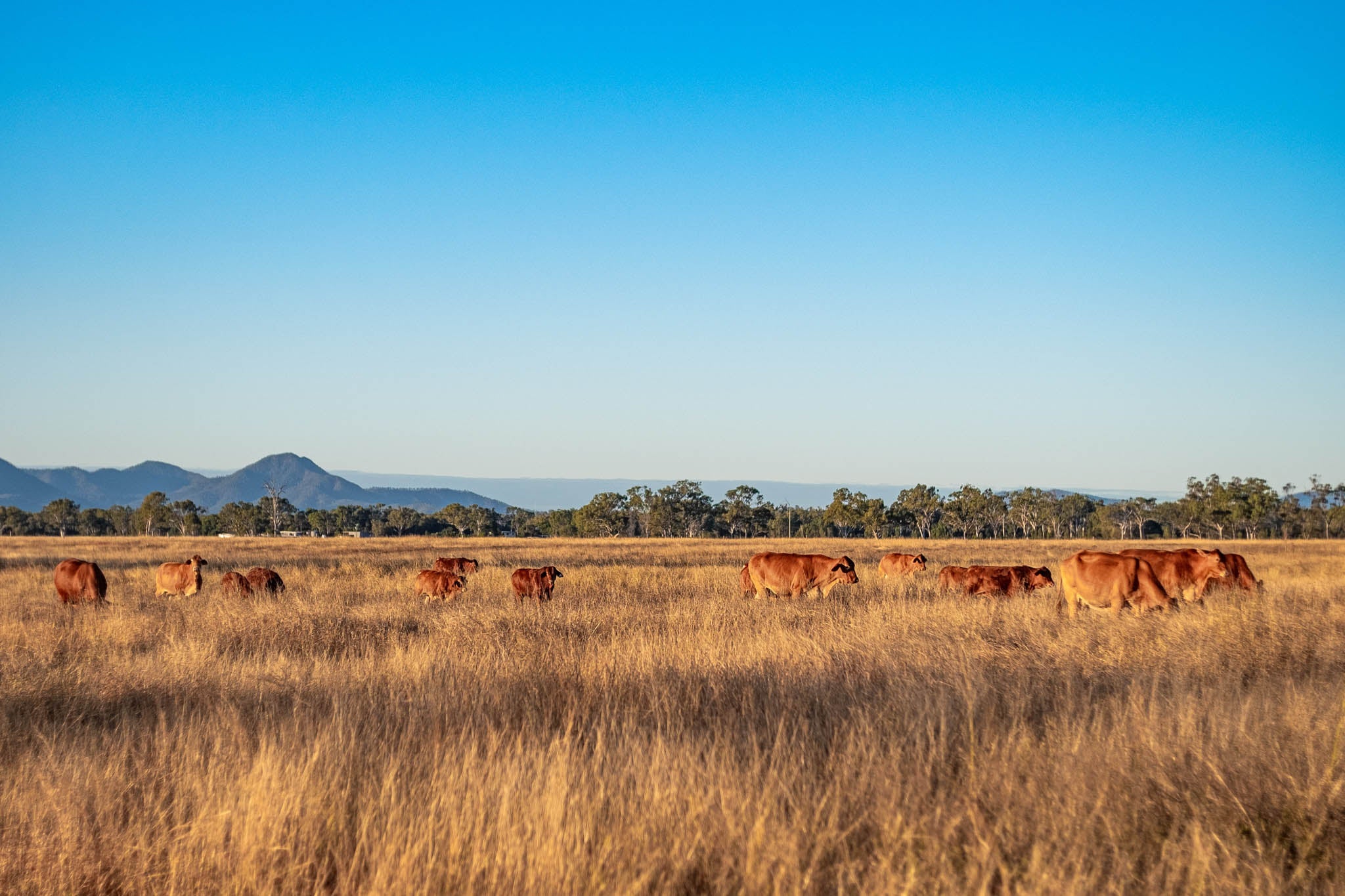Gaining a comprehensive understanding of your chicken's anatomy can foster a stronger bond and enhance their well-being. Chickens are fascinating creatures with unique physiological features that contribute to their incredible resilience and adaptability. In this article, we will take a close look at the anatomy of a chicken, exploring each system's functions and how this knowledge can benefit you as a responsible and caring owner.
Feathers and Skin
Feathers are an iconic feature of chickens and serve multiple functions. Beyond their aesthetic appeal, feathers provide insulation, helping chickens regulate body temperature in different weather conditions. Feathers also play a vital role in communication and social hierarchy within the flock. Understanding the colour patterns and feather types can assist you in identifying individual chickens and monitoring their overall health.
The skin of chickens is relatively thin and sensitive, making them susceptible to injuries and parasites. Regular health checks and providing a clean and safe environment can help prevent skin-related issues.
Beak and Eyes
A chicken's beak is a versatile tool used for feeding, preening, and exploring their surroundings. Understanding its structure can guide you in providing appropriate food and ensuring a balanced diet. Chickens have excellent colour vision, which aids in identifying food and potential threats. However, their eyesight is limited, making them vulnerable to predators. Ensuring a safe and predator-proof coop is crucial for your chicken's well-being.
Comb and Wattles
The comb and wattles are fleshy, red structures located on a chicken's head and neck. They serve various functions, including temperature regulation and communication. A healthy, vibrant comb and wattles are indicators of a chicken's overall well-being. Keep an eye out for any signs of paleness, swelling, or discoloured spots, as these could be signs of illness.
Respiratory System
Chickens breathe through their nostrils, located at the base of their beak, and have a unique respiratory system. Air sacs in their body help facilitate efficient oxygen exchange. As a pet owner, maintaining a clean and dust-free environment is essential to prevent respiratory issues. Chickens are highly sensitive to airborne irritants, and poor air quality can lead to respiratory diseases.
Digestive System
Understanding a chicken's digestive system is crucial for providing them with the right nutrition. Chickens do not have teeth, and their gizzard helps grind and break down food. They require grit or small stones to aid in this process. Offering a balanced diet with essential nutrients, including grains, vegetables, and calcium-rich supplements, ensures their health and productivity.
Reproductive System
A chicken's reproductive system is a vital aspect to consider, especially if you plan to breed or raise chicks. Hens have two ovaries but typically only one active ovary. They lay eggs from a single oviduct, and the eggshell is formed as it passes through. Roosters play a significant role in the fertilisation process, and understanding the reproductive cycle can help you manage breeding efforts responsibly.
Skeletal System
Chickens have a lightweight but sturdy skeletal structure, which allows them to move efficiently. Their hollow bones are reinforced with struts and air spaces, providing a balance between strength and lightness. As a pet owner, ensuring a safe environment with perches and roosts at appropriate heights is essential to prevent injuries.
Muscular System
Chickens have well-developed leg muscles, which allow them to scratch the ground for food and engage in natural behaviours. Regular exercise is vital for their muscular health and overall well-being. Providing ample space and opportunities for them to roam and forage is beneficial.
Understanding the anatomy of your chicken is essential for providing appropriate care and ensuring their well-being. From feathers and skin to respiratory and reproductive systems, each aspect plays a vital role in their overall health and happiness. Regular health checks, a balanced diet, and a safe environment are key factors in ensuring a long and fulfilling life for your feathered friends.




